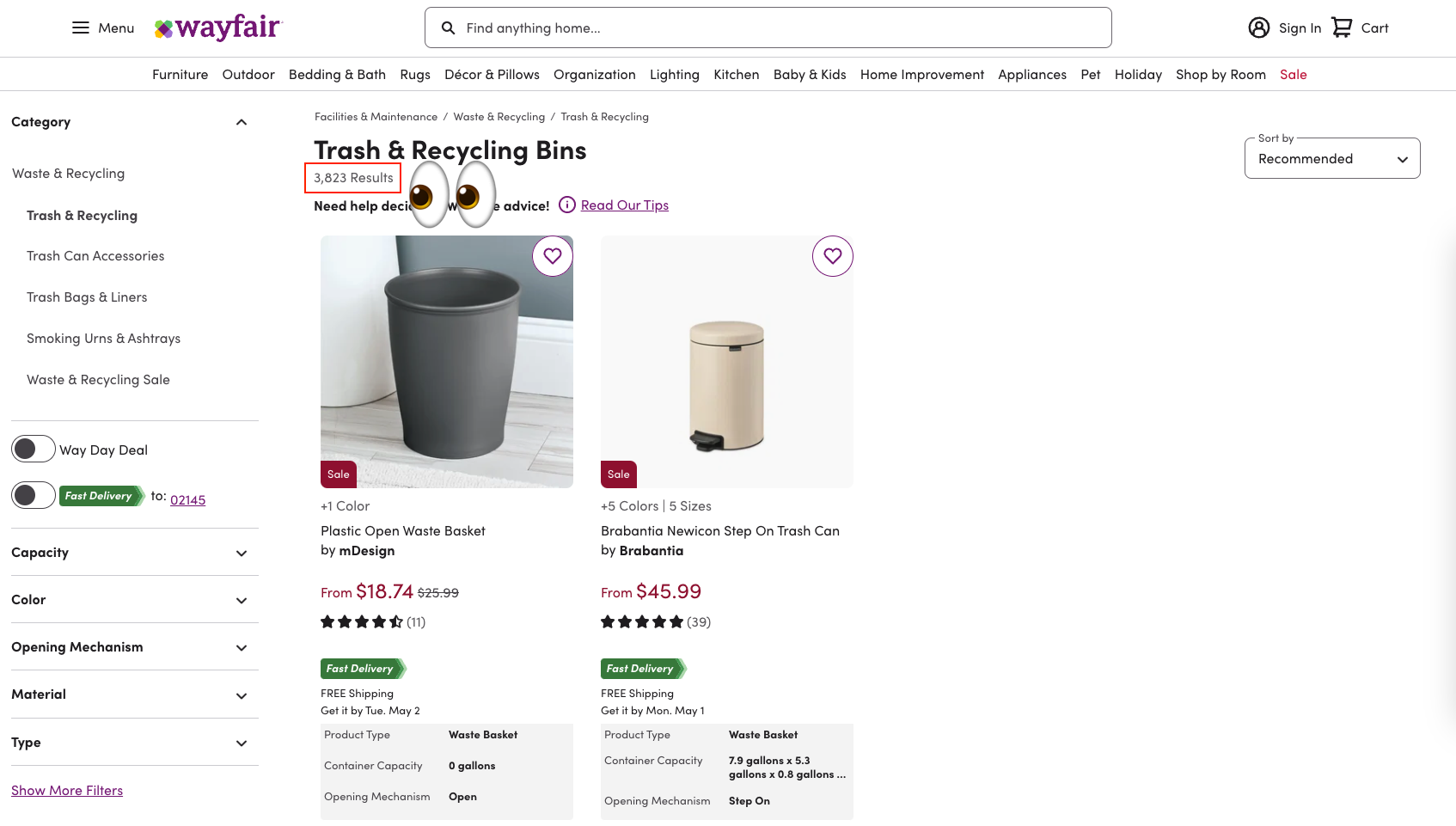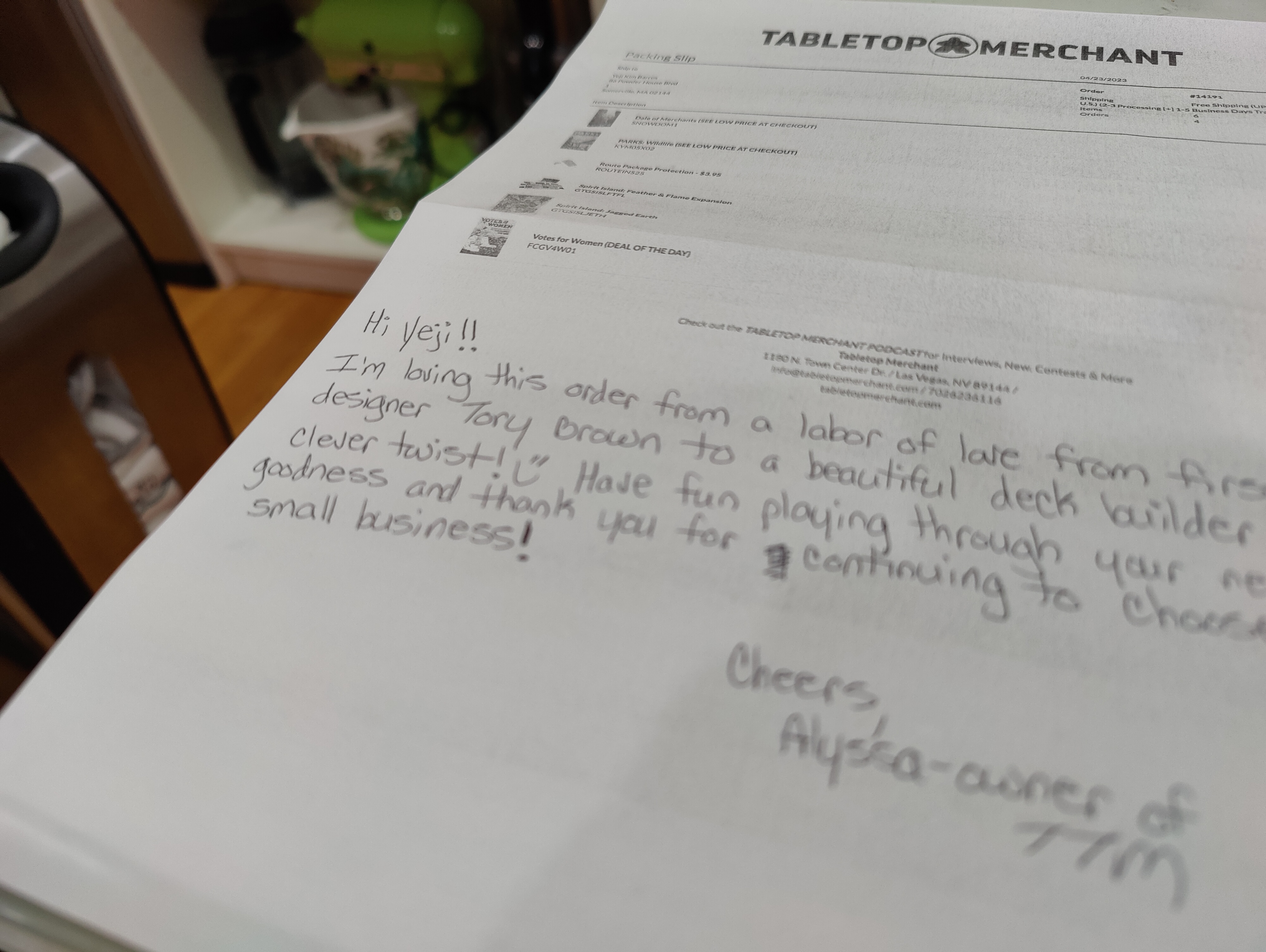I’m something of a hobby collector. One of my hobbies includes a “product & design journal.” It includes product and design decisions I see in the wild, and I dissect them. I recently encountered an interesting situation involving an e-commerce store I frequently shop at, and I wanted to explore it in more detail.
Part 1: The legacy of brand loyalty
Several years ago, my father-in-law was struggling with foot pain and asked for a Tylenol to alleviate his discomfort. My partner pulled out the bottle of generic brand acetaminophen from his parents’ cupboard.
“No, not this. I need a Tylenol.”
I explained, “That’s a brand name. The generic name for the medicine is acetaminophen. This is the same thing.” We all assumed he was frazzled from the pain, so I cracked a joke. “Kirkland is just its street name. It’s fresh from Costco.” Bad idea.
He insisted, “I understand. But Tylenol is different. It’s better.” We ended up bringing home an extra-large bottle of unopened acetaminophen that day. And to this day, he remains loyal to Tylenol and refuses to use any other brand (though, this isn’t completely true. But you can ask me in person for the rest of this story so I can have some plausible deniability with my mischiefs managed).
Part 2: The rise of category loyalty
My shopping habits seem like the polar opposite from my father-in-law at first glance. I drink La Croix, Spindrift, Poland Spring, San Pellegrino, Perrier, or Polar when I want sparkling water. Even as a skincare fan, my choice of cleanser is the generic one I can get in bulk.
What I am loyal to are product categories. I’ll buy sparkling water, but you won’t see me with root beers in my cart. I go through mild, oil-based cleansers in the blink of an eye, but no makeup remover.
The way we shop has shifted from brand or store loyalty to category loyalty.
We’re living in the era of plenty: There’s no shortage of information. We can look up product features, shop for the best prices, and look at product reviews. There’s no shortage of product variety.
 For example: my trash bin lid broke, so I need a new bin for the kitchen. On Wayfair, there are 3,823 products matching my category.
For example: my trash bin lid broke, so I need a new bin for the kitchen. On Wayfair, there are 3,823 products matching my category.
So as more of us embrace our inner Judas and Benedict Arnold, what can companies do? Differentiate.
Part 3: Differentiation gone wrong
In the board gaming community, many enthusiasts prefer to support independent game stores run by hobbyists. This is one category where I make exceptions about long lead times and higher free shipping thresholds.
However, even in this niche market, store loyalty is not guaranteed. Recently, one of the stores I support, boardlandia.com, introduced “Boardlandia VIP” – a $110/year subscription service that offers exclusive sales and the ability to jump the queue for shipping, customer service, and new product alerts.
While the intention to differentiate was novel, it didn’t hit the core components of successful differentiation. Two key elements were missing:
Unique or compelling product value.
The membership doesn’t provide clear value to the customer. It doesn’t solve a specific customer problem or provide an enhanced experience. Furthermore, board games are not a product that consumers typically need urgently. Deep discounts on MSRP can be found on other competing websites without a monthly installment; it’s unclear whether VIP-exclusive sales are substantially different from what other sites offer.
Fostering a strong relationship and community building
Building a sense of community through social media, events, and memberships helps to bolster loyalty. Similarly, exceptional customer service creates stronger relationships. Another online game store I frequently visit, tabletopmerchant.com, provides handwritten, personalized notes with each order. Every order is impeccably packed to satisfy the inner collector in us and leave our gaming boxes in pristine condition.

However, Boardlandia’s VIP membership plan creates a divide between the “haves” and “have-nots” to create their community and bolster their relationships with their customers. While $110 a year may be a small amount for some, it’s a steep price for a hobby that’s already pricey.
Part 4: what can be done?
As a typical product person, I would say that the answer depends on the problem that needs solving. Assuming the company is trying to explore new monetization paths, a successful subscription-based business for a brick-and-mortar storefront can provide a larger financial safety net with its monthly recurring revenue (MRR) generation. If the subscription takes off, it will certainly become a key differentiator for the store.
For this to work, the company must first figure out how to create a successful subscription plan. If I were in their shoes, that’s the first part of the playbook I’d review: What are the necessary customer values that must be met for the membership to make sense?
If the goal is to foster greater affinity and loyalty, launching a “retail as a service” VIP membership may not have been my first choice. This is not to say that it should not be explored, but there are smaller bets I’d consider first.
If the company is convinced that the membership plan is a valid revenue stream, it would have made a bigger and more positive impact if customers were able to see the tangible value first. For example, they could have introduced a membership-only sale on their page, with the option for customers to add the membership to their cart if they want to purchase games at a steep discount.
Regardless, the common denominator between the two approaches is the same. It all circles back to the customer. What do they value? How much are they willing to spend on it?
The silver lining is that three hours after the original VIP membership launch email, the company followed up with another email acknowledging the disappointing feedback from the community and adjusted their benefits. The adjustments don’t address the fundamental gaps in value offering still, but I’m optimistic after seeing their quick reaction to the community’s feedback.

